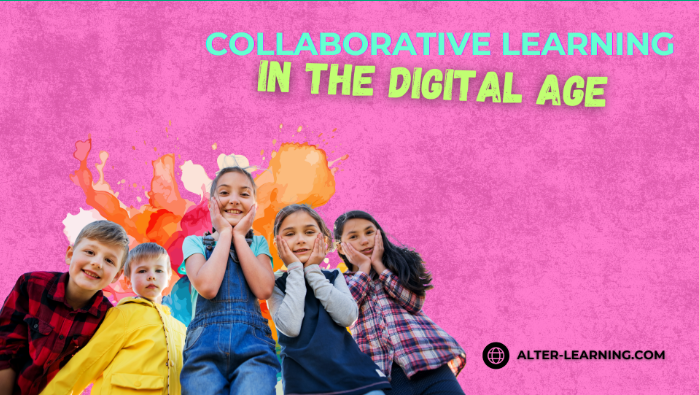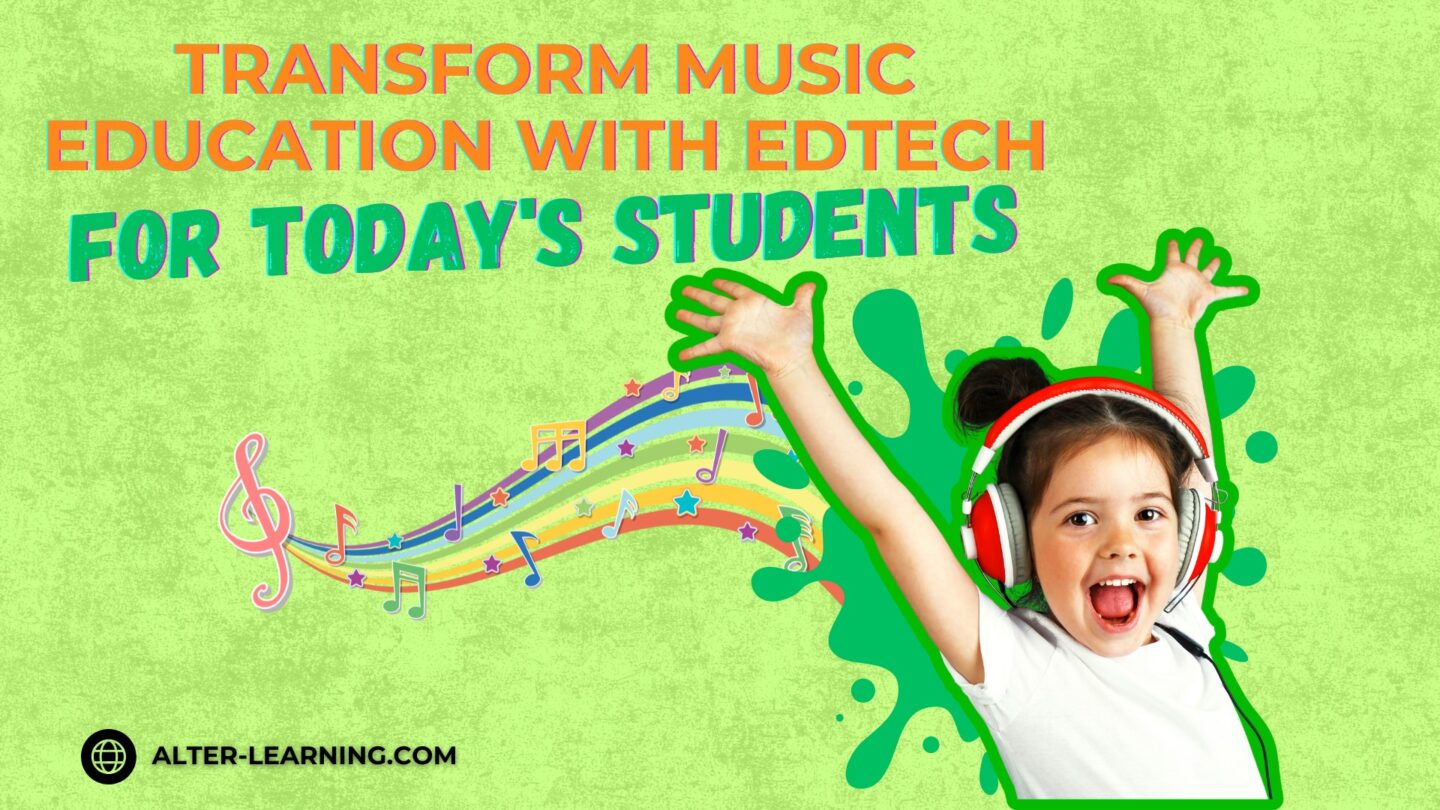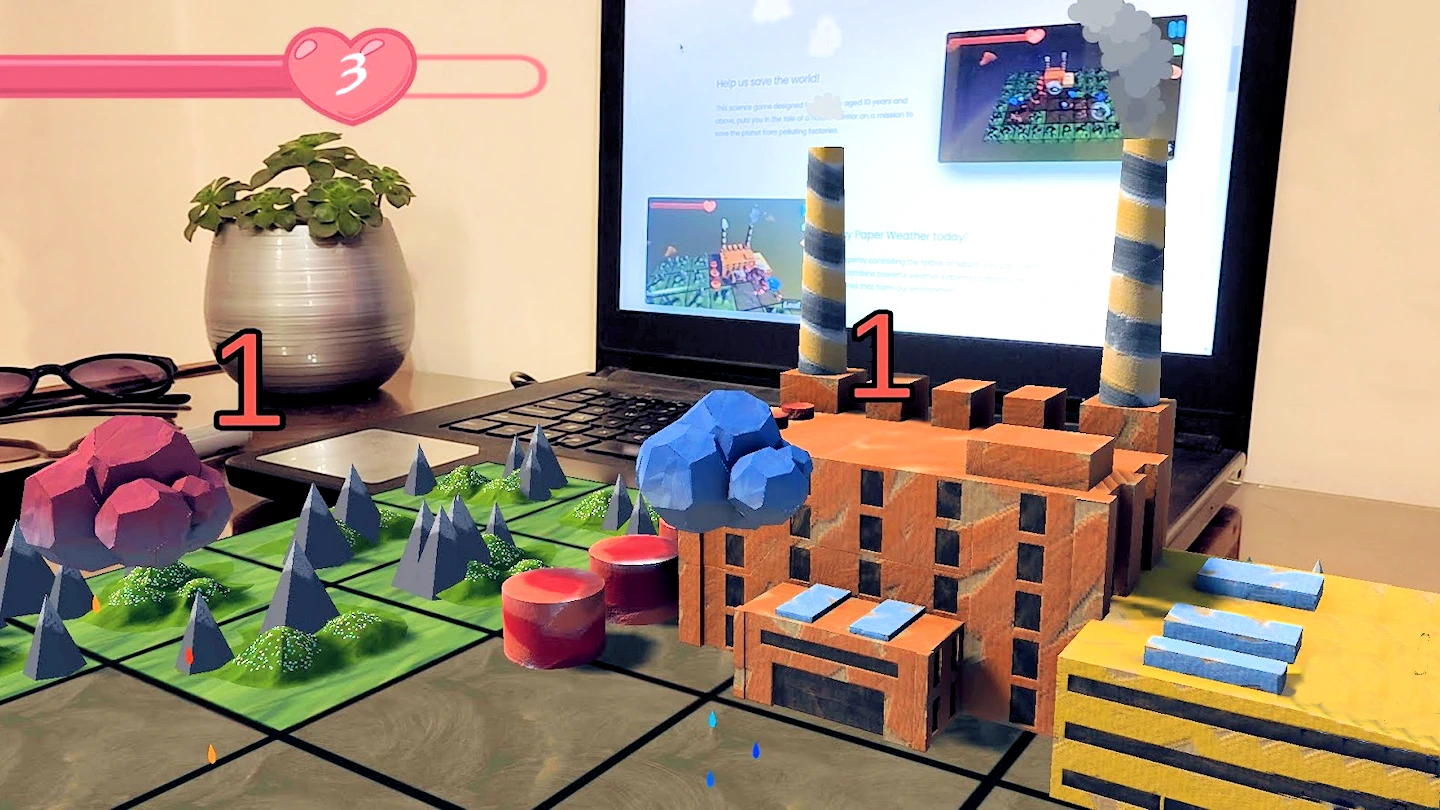Today’s classrooms are not bound by four walls — and learning is no longer a solitary activity. As education embraces technology, the ability to connect, collaborate, and problem-solve together is more important than ever.
While much of EdTech has focused on content delivery, Alter-Learning’s immersive platforms are exploring a different frontier: how digital environments can foster teamwork, empathy, and community. In these virtual spaces, collaboration isn’t just possible — it becomes essential to the learning experience.
The Power of Shared Discovery
Whether students are navigating historical reconstructions, participating in real-time discussions, or completing emotional wellness challenges together, cooperative digital experiences can help develop the social and cognitive skills that traditional instruction may overlook. These immersive tools offer:
- Multiplayer simulations that challenge teams to solve problems collectively,
- Role-based environments where learners take on unique responsibilities in a shared mission,
- Guided virtual classrooms that blend instruction with interaction,
- Safe, supportive zones for exploring social-emotional learning together.
These features can help foster a sense of community — even across screens — while encouraging critical thinking, communication, and decision-making.
With Alter-Learning, students step into the role of time-traveling archaeologists, collaborating to uncover and interpret ancient worlds. Whether they’re excavating artifacts, piecing together cultural clues, or navigating geography, students must rely on each other’s insights to fully explore historical narratives.
Cooperative history-based environments may include:
- Exploration missions where players split tasks — mapping terrain, uncovering artifacts, and documenting finds,
- Puzzle-based challenges that reward communication and shared reasoning,
- Narrative branching based on group choices that link past civilizations to present-day understanding,
- Interactive 3D environments where collaboration enhances spatial and contextual learning.
These features can help turn history into a living, shared experience — one where students see their classmates not just as peers, but as co-discoverers.
Reinventing the Remote Classroom
In an era where remote and hybrid learning have become mainstream, digital classrooms are evolving into more than video calls. We offer fully navigable spaces where teachers can deliver live lessons, guide exploration, and manage collaborative tasks in real time.
These virtual classroom features might include:
- Teacher-directed zones for focused instruction and small group activities,
- Interactive whiteboards, document sharing, and in-game assessments,
- VR education apps that offer cross-subject immersion while keeping learners connected.
Designed to feel both cozy and engaging, these environments can support meaningful collaboration — even when students are learning from home.
Learning Together, Growing Together
Collaboration has always been a cornerstone of strong education. What’s changing is how — and where — that collaboration happens. Through immersive learning environments that invite students to explore, create, and reflect together, platforms like Alter-Learning can support richer, more inclusive learning experiences.
When students share a digital space with shared goals and shared challenges, they may not just learn more — they may learn better. The ability to listen, communicate, and co-create becomes not just a byproduct, but a central pillar of the learning experience. In a world where teamwork shapes everything from school projects to global challenges, collaborative digital learning offers more than engagement. It offers preparation for the future.
Follow Alter-Learning for more insights into immersive education, edtech success stories, and the future of learning. Want to explore how VR/AR could transform your school or learning platform? Let’s connect.




